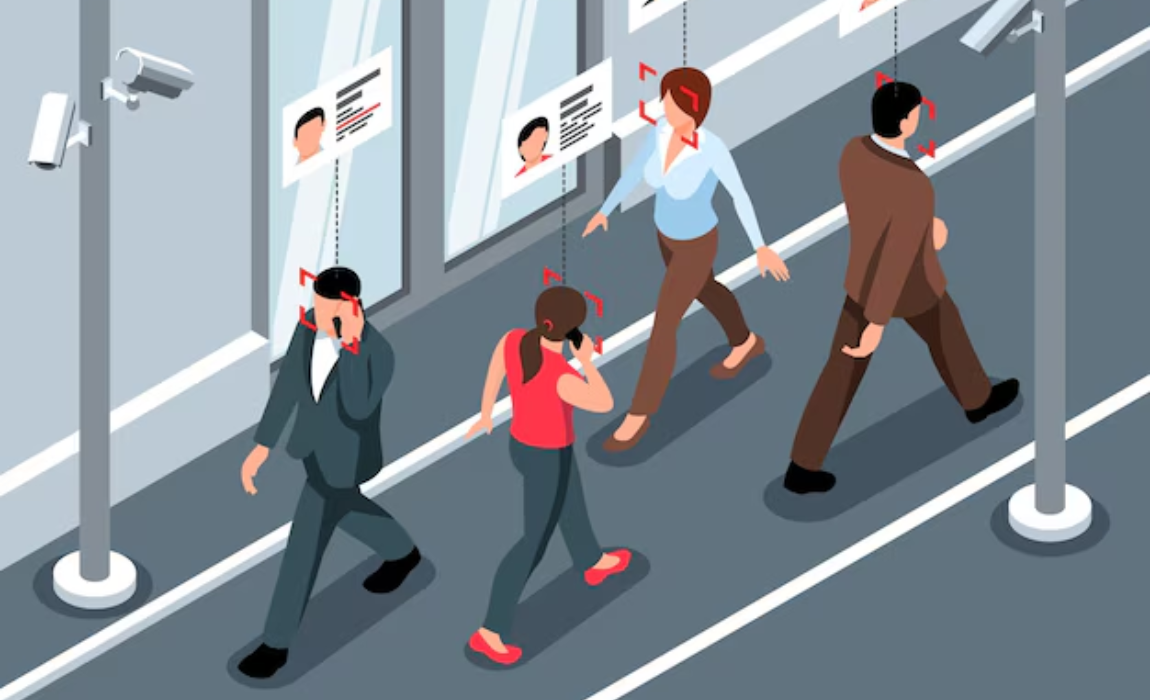
Legal Responses to Emerging Biometric Surveillance Technologies in Public Spaces
In recent years, biometric surveillance technologies—such as facial recognition cameras, iris scans, and fingerprint tracking—have moved from science fiction into everyday life. From airports and train stations to smart city projects, these technologies promise increased security and efficiency. Yet, they also raise pressing legal and ethical questions, particularly regarding privacy, consent, and data protection. India, at the forefront of digital governance initiatives, now faces the challenge of crafting laws that balance public safety with individual rights.
Biometric surveillance can be extremely useful. Law enforcement agencies use it to identify criminals, prevent terrorism, and manage public order. In healthcare, biometric tools can improve patient identification and reduce fraud. Similarly, in urban management, these systems help monitor traffic, control access to sensitive
areas, and provide data-driven governance. These benefits explain why India has embraced digital ID systems and surveillance tools in public spaces.
However, the legal framework has struggled to keep pace with rapid technological adoption. Current laws, including the Information Technology Act, 2000, and sector-specific regulations, provide only partial protection. There is no comprehensive statute specifically addressing biometric surveillance, leaving gaps in privacy, consent, storage, and misuse of personal data. Citizens often have little knowledge of when their biometric information is being collected or how it is used. Without clear legal safeguards, misuse or abuse becomes a real possibility.
A major concern is privacy and consent. Collecting biometric data without informed consent can infringe upon an individual’s fundamental right to privacy, as recognized by the Supreme Court in 2017. Continuous monitoring in public spaces could create a sense of constant surveillance, chilling freedom of expression and movement. Laws need to define who can collect biometric data, for what purposes, and how long it can be stored. Clear penalties for misuse are essential to deter abuse.
Data security is another critical issue. Biometric information is highly sensitive and cannot be “reset” like a password. Breaches can have lifelong consequences for individuals. Legal frameworks must mandate secure storage, encryption, regular audits, and swift remedies in case of breaches. This also includes regulating private companies and government agencies using these technologies.
International experiences can offer guidance. The European Union’s General Data Protection Regulation (GDPR) and laws in the United States provide models for consent, accountability, and privacy-by-design approaches. India’s Personal Data Protection Bill, still under discussion, aims to address some of these concerns, but it must explicitly cover emerging surveillance technologies in public spaces.
Finally, the law must strike a balance between security and civil liberties. Biometric tools can enhance safety, but excessive surveillance without checks can undermine trust in government and institutions. Judicial oversight, independent monitoring bodies, and public transparency reports are essential to ensure accountability.
In conclusion, India stands at a crossroads. Biometric surveillance technologies offer great promise for security and governance, but without a robust legal framework, they can threaten privacy, freedom, and trust. Legal responses must be timely, clear, and enforceable—defining consent, regulating use, securing data, and providing remedies for misuse. With thoughtful regulation, India can embrace innovation while safeguarding individual rights, ensuring that technology serves citizens rather than controlling them.
